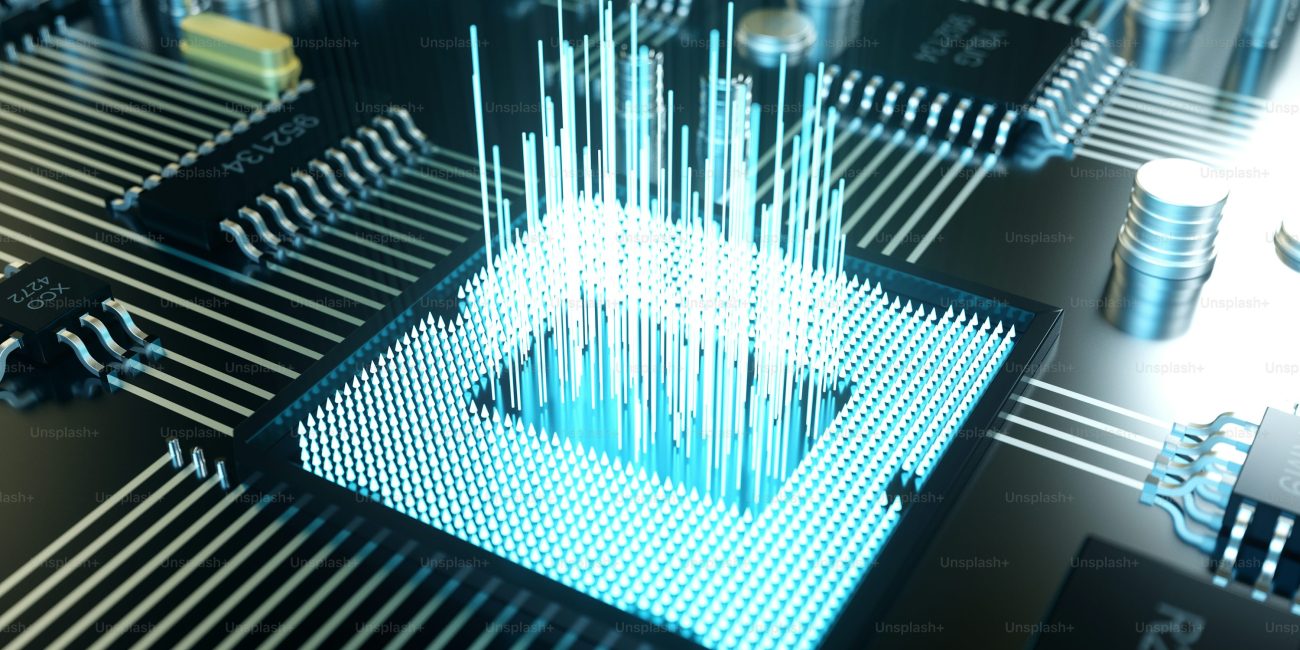
Leading Technology Trends of 2025: AI, Cloud, IoT & Beyond
Technology evolves fast. In 2025, several key trends are converging to transform industries, work, and daily life. From artificial intelligence breakthroughs to cloud evolution and the Internet of Things (IoT) going deeper, here are the developments that tech enthusiasts and businesses need to watch.
1. AI Matures: From Narrow to Contextual & Ethical
Artificial Intelligence remains at the forefront. What’s shifting is how it’s used and why.
- Contextual AI and Multimodal Models: AI systems are increasingly able to process text, images, video, and audio simultaneously—offering more intuitive, versatile interactions. For example, virtual assistants understanding voice commands, recognizing objects via camera, and responding via text.
- Explainability & Responsible AI: With more AI in critical decision-making (healthcare, finance, legal systems), there’s rising demand for transparency. Models must be interpretable, bias-checked, and compliant with regulations.
- AI as Augmentation, not Replacement: Rather than replacing human roles entirely, AI is being used to enhance human work—helping in research, diagnosing diseases, creative design, etc. This trend emphasizes collaboration between human and machine.
2. Cloud Computing: Edge, Hybrid & Sovereign Clouds
Cloud infrastructure is not just “remote servers” anymore. New shapes / architectures are dominating:
- Edge Computing: With more connected devices (IoT sensors, autonomous vehicles, smart cameras), processing at the edge (near the source) helps reduce latency, bandwidth, and increases responsiveness.
- Hybrid & Multi-Cloud Strategies: Businesses are mixing public clouds, private clouds, and on-premises infrastructure to balance cost, performance, security. Being locked into a single provider is less attractive.
- Data Sovereignty & Local Clouds: Regulations in many countries are pushing for data to be stored and processed locally. Governments & enterprises are building local cloud infrastructures to satisfy compliance, privacy, and national security demands.
3. Internet of Things (IoT) Expands Its Footprint
IoT is maturing beyond “smart devices” to deeper integration into infrastructure and industry.
- Industrial IoT (IIoT): Manufacturing, energy, agriculture increasingly use sensors, robotics, predictive maintenance to optimize processes and cut downtime.
- Smart Cities & Infrastructure: Traffic management, environmental monitoring, public safety systems using connected sensors to improve urban living.
- Consumer IoT with Intelligence: Devices like wearables, home assistants, smart appliances are becoming smarter—learning from user behavior, integrating with AI, and more secure.
4. 5G, 6G & Connectivity Evolution
Fast, reliable connectivity remains essential for all the above tech trends to succeed.
- 5G Deployment: Continued rollout of 5G networks improves bandwidth and reduces latency—enablement for AR/VR, autonomous systems, remote surgery, etc.
- 6G Research & Early Steps: Though still in early stages, 6G promises even higher speeds, lower latency, integrated AI at network edge. Investment in research is growing globally.
- Satellite & Rural Connectivity: Projects to connect underserved regions via low Earth orbit (LEO) satellites or high-altitude platforms are gaining momentum—bridging the digital divide.
5. Cybersecurity & Privacy: Reinforced Importance
With more connected systems, more data, and more AI, risks also increase.
- Zero-Trust Architecture: Moving away from perimeter-based security models toward continuous verification of users/devices.
- AI-Powered Threat Detection: AI is being used to detect anomalies, phishing, malware faster—and to predict threats proactively.
- Privacy by Design: Regulations like GDPR, CCPA are influencing product development. Users expect privacy built in—from data collection to storage to sharing.
6. Sustainable Tech & Green Innovation
Environmental concerns shape technology priorities like never before.
- Energy-Efficient Computing: Data centers optimized for energy usage, cooling solutions, hardware with lower power consumption.
- Green Software Engineering: Software design that reduces compute waste, optimizes resources, enables lower carbon footprints.
- Circular Economy & Recycling of Tech: Device recycling, reuse of materials, repairability are becoming criteria in hardware manufacturing.
7. What Business & Individuals Should Do
To keep up with these trends:
| Stakeholder | Suggested Action |
|---|---|
| Businesses | Adopt hybrid cloud strategies; invest in responsible AI; build cybersecurity infrastructure; commit to sustainable tech practices. |
| Tech Leaders / Developers | Learn/implement multimodal AI models; design with privacy in mind; optimize code and systems for energy efficiency. |
| Consumers / General Public | Be aware of data privacy rights; seek products with transparent AI; demand sustainable tech options. |
Conclusion
2025 is shaping up to be a defining year for technology. The fusion of AI, improved connectivity, intelligent devices, and sustainability is creating a new paradigm—not just incremental improvements, but systemic transformation. For companies, technologists, and end users alike, staying informed and adapting early will be key to thriving in this fast-changing landscape.